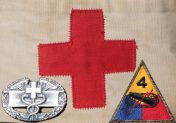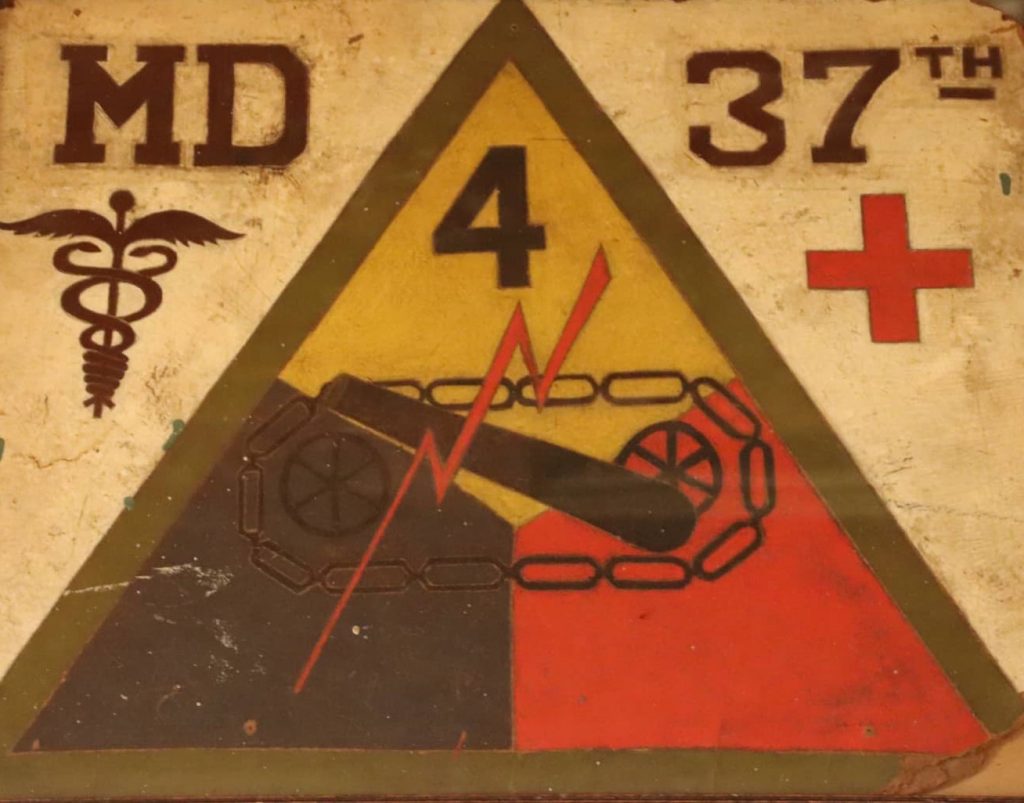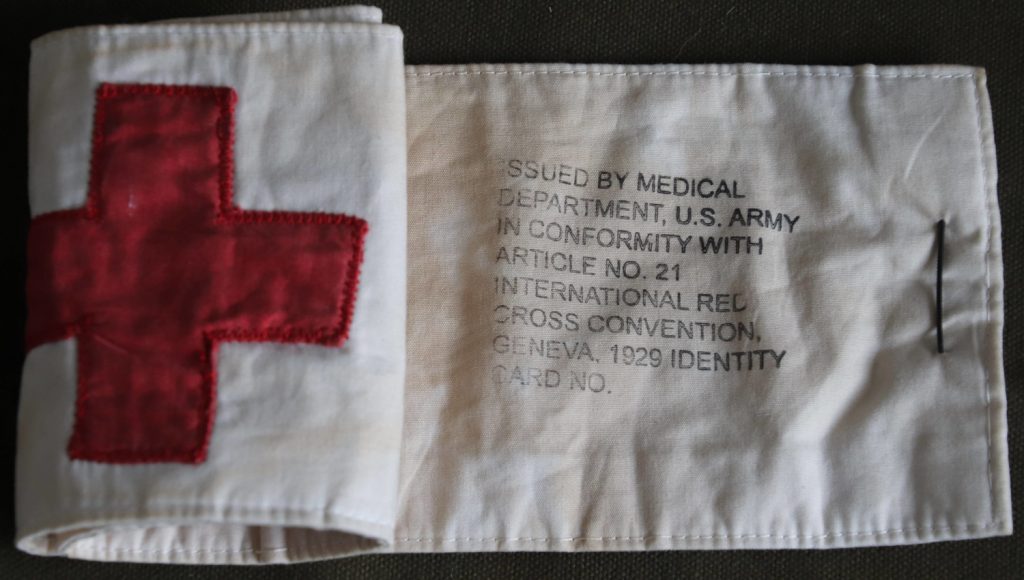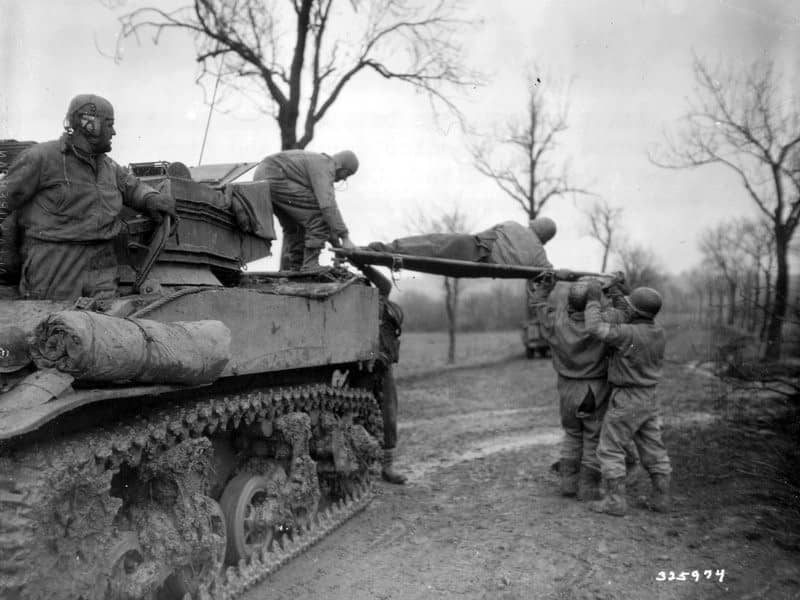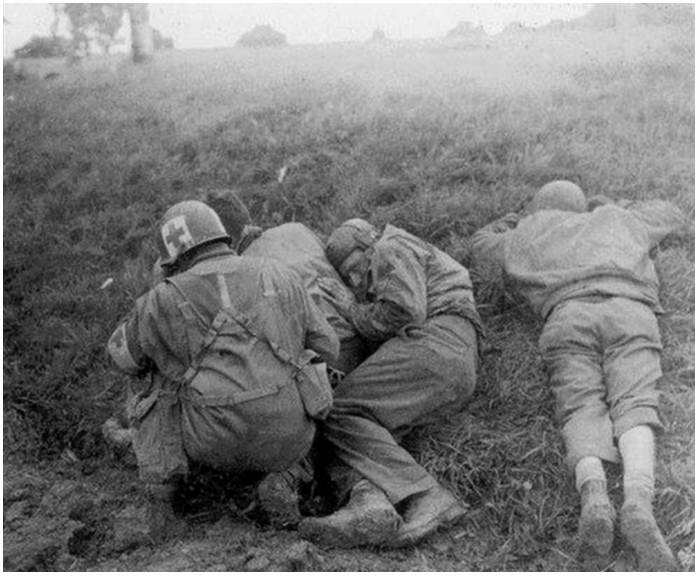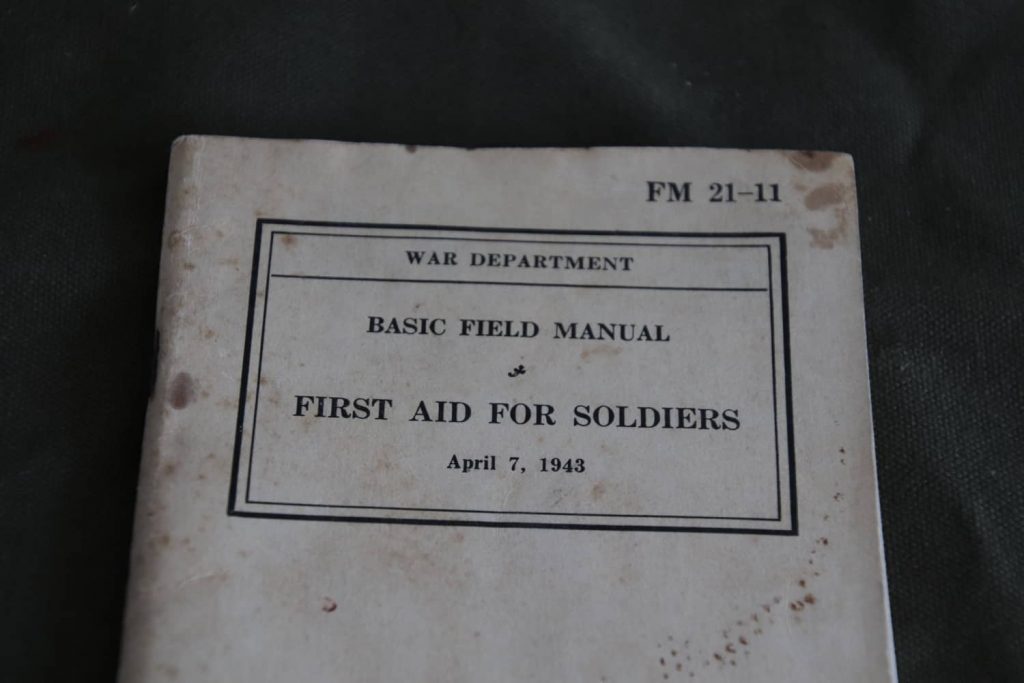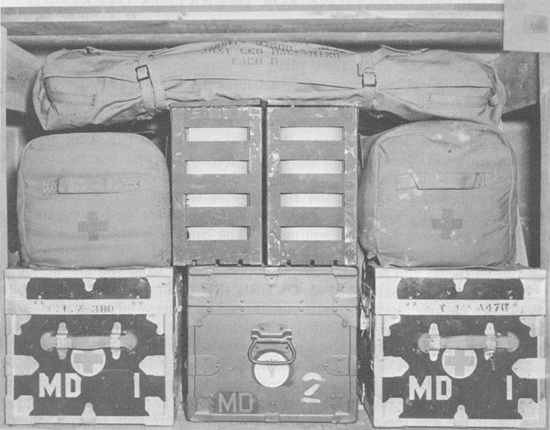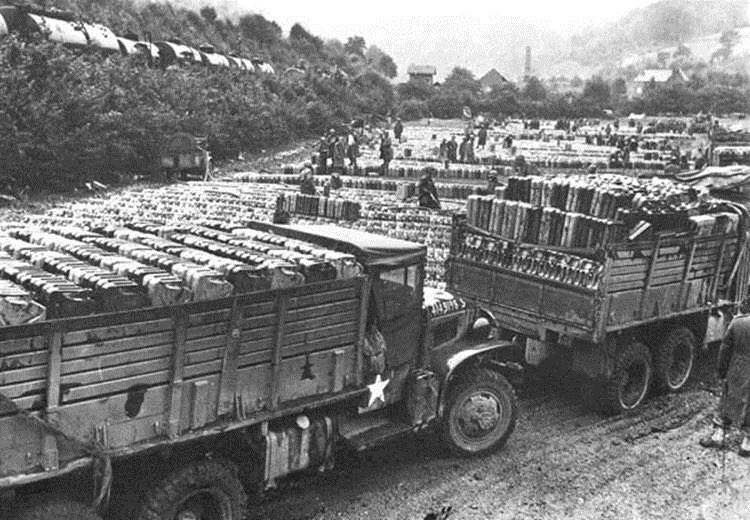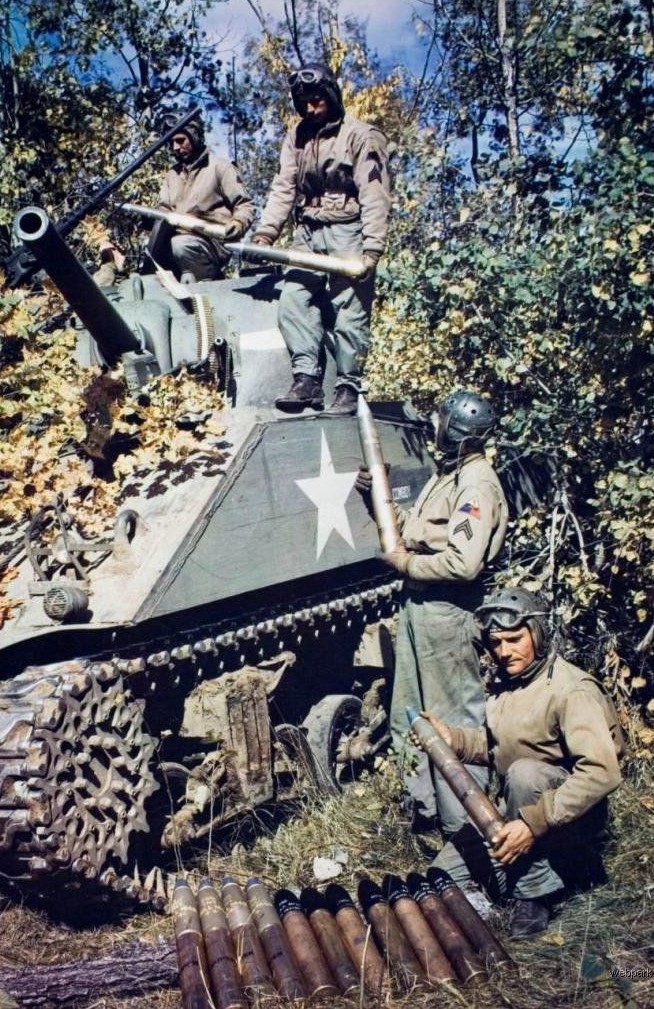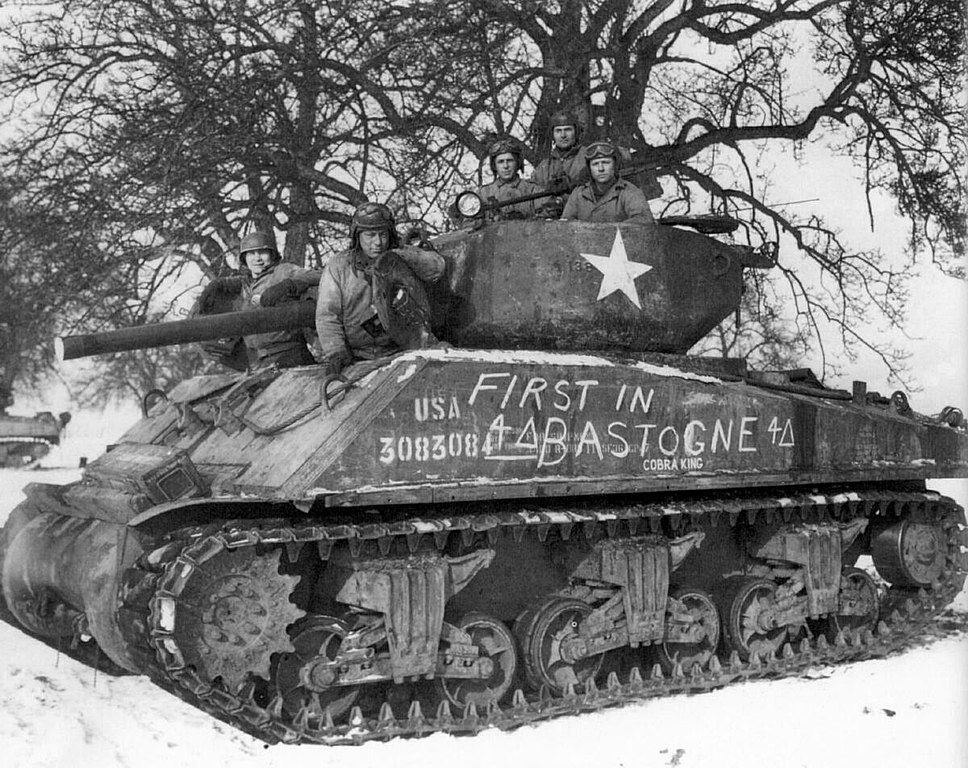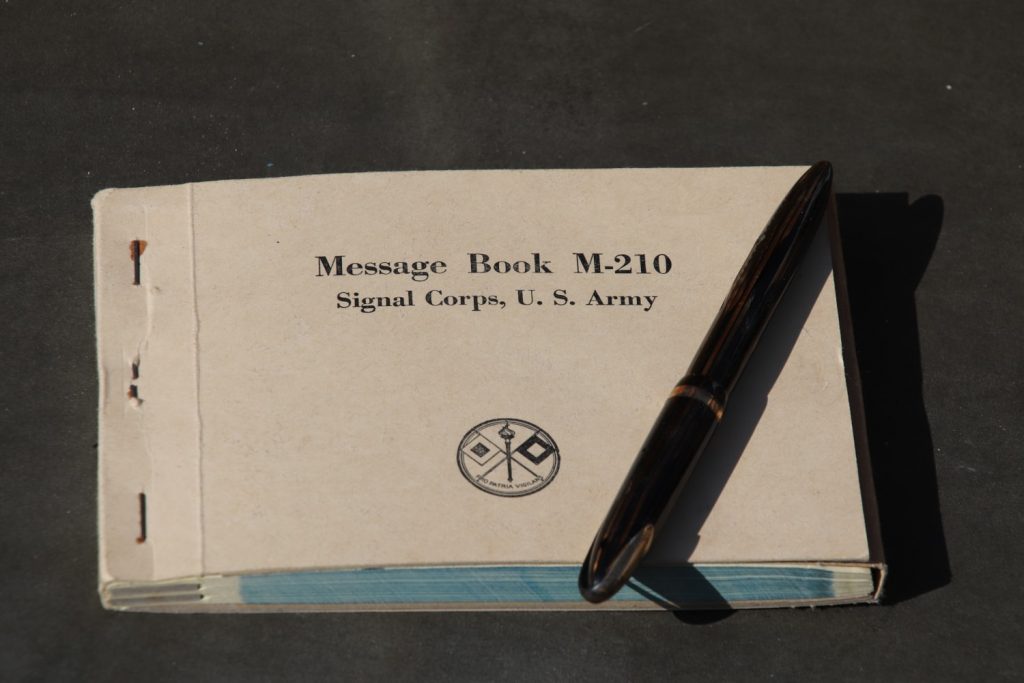Medical Evacuation and Treatment Series. Part 4: Battalion Aid Station.
First echelon evacuation meant getting the casualties away from the front line, as quickly as the tactical situation allowed, to a battalion aid station. Here, they would be seen by a doctor for the first time after being wounded. “Soon after dawn, we began to receive casualties, many of whom were severely wounded. The aid […]
Medical Evacuation and Treatment Series. Part 4: Battalion Aid Station. Read More »
